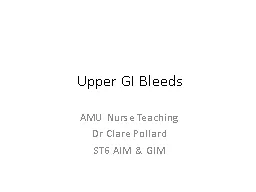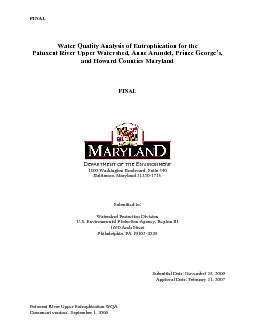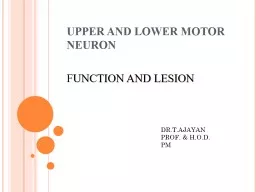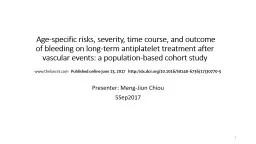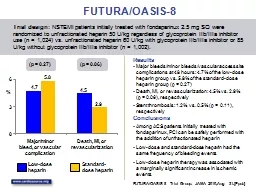PPT-Upper GI Bleeds
Author : stefany-barnette | Published Date : 2016-02-21
AMU Nurse Teaching Dr Clare Pollard ST6 AIM amp GIM Talk Plan Peptic ulcer disease GU DU Important considerations in this group of patients what you need to know
Presentation Embed Code
Download Presentation
Download Presentation The PPT/PDF document "Upper GI Bleeds" is the property of its rightful owner. Permission is granted to download and print the materials on this website for personal, non-commercial use only, and to display it on your personal computer provided you do not modify the materials and that you retain all copyright notices contained in the materials. By downloading content from our website, you accept the terms of this agreement.
Upper GI Bleeds: Transcript
Download Rules Of Document
"Upper GI Bleeds"The content belongs to its owner. You may download and print it for personal use, without modification, and keep all copyright notices. By downloading, you agree to these terms.
Related Documents

